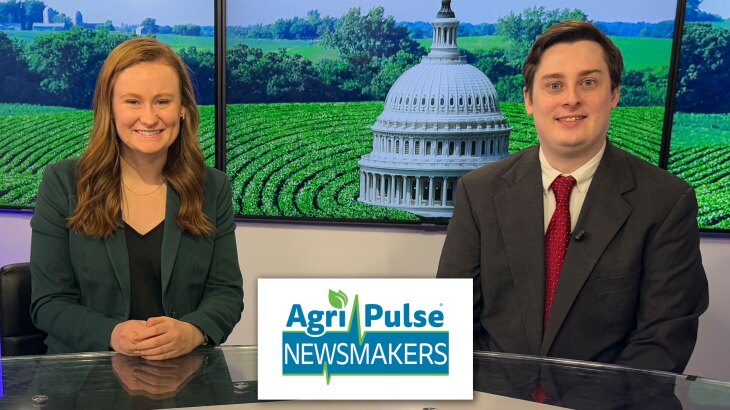In the heart of America’s prairies, a story of family, heritage, and land stewardship unfolds through the voices of Dan Rasmussen and Patrick Lehman. This is a tale of a ranch that has spanned generations, with the fourth generation now treading the same soil that their great-grandparents once walked.
The history of this ranch, from a grazing perspective, is rich and seasoned, stretching back in time. Rasmussen reminisced about his grandparents, who homesteaded the land where they stand today. He proudly declares himself as the third generation, with the fourth generation now carrying on the ranching tradition.
Until 1990 and 1991, the land bore witness to traditional grazing practices. That all changed when Dan decided to take action. In 1990, he enrolled in the Bootstraps program and invited a range consultant, Duane Breyer, to the ranch. That’s when the journey towards rotational grazing began.
Dan vividly remembers standing on a ridge with his dad and Duane, overlooking the vast prairie. Duane urged them to start rotating pastures, but Dan’s dad initially dismissed the idea, believing it would not work. Duane’s response was simple yet profound, “Start small.” In just two years, Dan’s dad became the program’s biggest advocate.
Patrick Lehman, another custodian of the land, explains the intricacies of ranching. Each pasture is unique, differing in size, terrain, vegetation, and water sources. The team conducts inventory assessments, identifying the types of grasses and their productivity. This data informs their decisions on how long to graze in each pasture and how much grass they aim to remove.
Water plays a pivotal role in their strategy. With stock dams sometimes running dry and limited water tanks, they are embarking on an initiative to lay above-ground water lines. This will ensure that every corner of the pasture gets access to water, promoting more uniform grazing.
But this story isn’t just about sustainable ranching; it’s also about family, love, and passing down a legacy. Amy and Blake Lehman express their deep connection to the land and family. With each passing year and the arrival of new generations, their appreciation for both the land and family grows stronger.
They see their children and grandchildren finding joy in the land, feeling the same love for the place and family history. The ranch isn’t just acres of land; it’s a part of their identity. It’s a responsibility they take to heart, knowing that their actions today will impact the land for generations to come.















